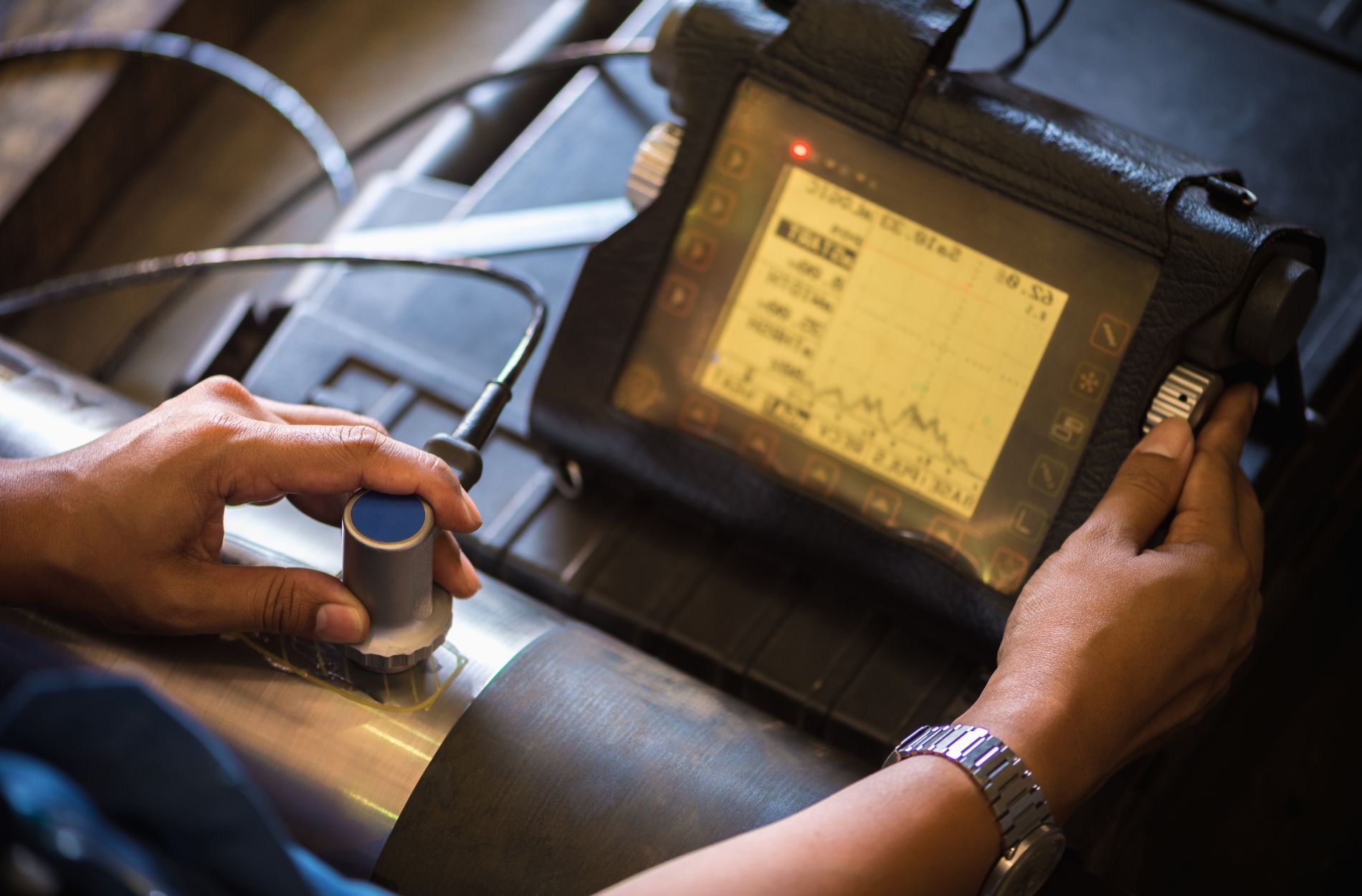
Nondestructive testing (NDT) has come a long way since its inception, continually evolving to meet the ever-changing demands of modern industries. As new materials are developed, manufacturing techniques progress, and technological advancements reshape our world, the NDT industry must adapt and innovate to remain an indispensable field, ensuring the safety, integrity, and reliability of infrastructure, machinery, and products across countless sectors.
In this comprehensive and insightful article, we will explore the emerging technologies and trends that are shaping the future of nondestructive testing. We will discuss advancements in NDT techniques and equipment, the integration of computer technology and data analytics, and the impact of digital transformation on the industry. Additionally, we will examine how these trends are influencing the skills and expertise needed by NDT professionals to excel in their careers and how specialized NDT training programs can ensure practitioners stay ahead of the curve in a rapidly changing landscape.
Integration of Robotics and Automation in NDT
As industries worldwide embrace robotics and automation to enhance productivity and efficiency, nondestructive testing is no exception. The integration of robots and automated systems in NDT inspections has enabled technicians to perform complex and repetitive tasks more accurately and efficiently. Key developments in robotics and automation for NDT include:
Automated Inspection Systems
Automated inspection systems enable NDT professionals to conduct complex examinations with a high degree of accuracy and repeatability. These systems often incorporate multiple NDT methods, such as ultrasonic and eddy current testing, facilitating a comprehensive evaluation of components and machinery.
Remote Robots and Drones
Robots and drones equipped with NDT equipment can access hard-to-reach or hazardous locations, reducing human exposure to harmful environments and saving valuable time. For instance, drone-assisted visual inspections and ultrasonic testing have become increasingly popular in industries such as oil & gas, power generation, and aerospace.
The Role of Artificial Intelligence and Machine Learning
The implementation of artificial intelligence (AI) and machine learning (ML) algorithms in nondestructive testing has the potential to revolutionize how NDT practitioners analyze and interpret inspection data. By harnessing the power of AI and ML, NDT professionals can:
Enhance Data Analysis
AI-powered algorithms can process vast amounts of NDT inspection data more rapidly and accurately than human operators, identifying potential defects and anomalies with exceptional precision. This technology reduces the potential for human error and speeds up overall inspection processes.
Predictive Maintenance
Machine learning algorithms analyze historical and real-time NDT data to forecast the likelihood of equipment failure or degradation. By deploying predictive maintenance strategies based on this data, industries can avert catastrophic failures and significantly extend the lifespan of their equipment.
Digital Transformation and Data Management
The digital transformation of nondestructive testing has brought about a paradigm shift in how NDT data is collected, stored, and analyzed. Digital NDT methods such as real-time radiography, phased array ultrasonic testing, and 3D computed tomography have led to the generation of vast amounts of digital data, necessitating the implementation of more efficient data management solutions. Significant advancements in this field include:
Cloud-Based Data Storage
Cloud-based data storage solutions have enabled NDT professionals to securely access and share inspection data with relevant stakeholders from any location. This improves communication, collaboration, and decision-making within organizations.
Advanced Data Analytics
As more data becomes available, advanced data analytics and visualization tools are required to transform raw information into actionable insights. These tools allow NDT professionals to make well-informed decisions regarding component integrity, maintenance schedules, and repair actions.
Developing the NDT Workforce for Tomorrow
With the rapid evolution of nondestructive testing technologies and trends, the demand for skilled NDT practitioners capable of navigating and employing these innovations continues to rise. The future of the NDT workforce necessitates a focus on the following development areas:
Specialized Training Programs
Emerging NDT technologies require specialized training programs that educate and prepare practitioners to utilize and understand the latest advancements in AI, automation, robotics, and digital testing methods.
Adaptive Skill Sets
NDT professionals must adapt their skill sets to remain relevant in an ever-changing industry, embracing lifelong learning and continuous professional development.
Collaborative Mindset
As interdisciplinary collaboration becomes increasingly critical in modern industries, NDT practitioners must be open to working with professionals from diverse backgrounds and fields of expertise to ensure the safe and efficient operation of equipment and infrastructure.
Adapt and Thrive with National Inspection Academy’s Industry-Leading NDT Training
The rapidly evolving landscape of nondestructive testing presents both challenges and opportunities to those pursuing careers in the field. By embracing the latest advancements in robotics, automation, AI, digital transformation, and advanced data analytics, NDT professionals can adapt and thrive in this dynamic industry.
National Inspection Academy’s industry-leading NDT training programs provide aspiring NDT practitioners and established professionals with the education, skills, and support needed to excel in the fast-paced world of nondestructive testing. Embark on a journey of continual growth and learning with National Inspection Academy, and become a driving force in the ever-evolving world of NDT.
